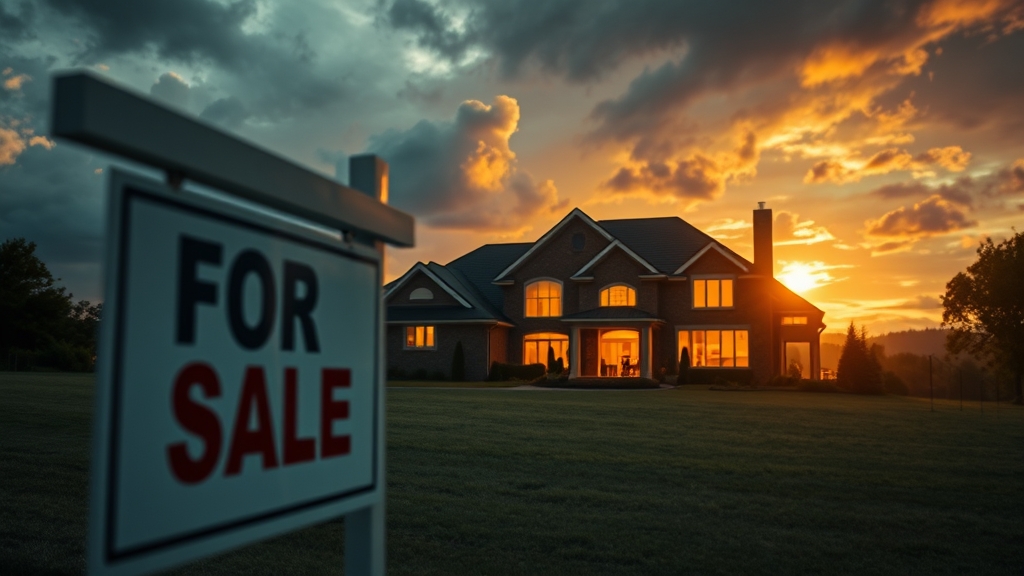Luxury Market Faces Volatility Amid Uncertainty
As economic uncertainty and stock market volatility grip the nation, luxury home sales are plummeting. The decline in luxury pending home sales reached a striking 9.9% in April, marking the largest downturn since August 2023.
This drop represents the lowest level of luxury pending sales seen in April over the past decade. The backdrop of economic unpredictability and stock market instability has led to more reserved buyer behavior among affluent individuals. Despite increased inventory, buyer hesitation due to market instability continues to dominate the luxury market landscape.
This cautious approach is a clear response to market uncertainty, overshadowing what once was a thriving luxury real estate sector. Despite the trend of declining sales, the average price of a luxury home sold in the U.S. has risen to near-record heights.
In April, luxury homes averaged $1,348,065, up 6.5% year on year. However, this price surge does not reflect a robust market; instead, it highlights a sharp decline in sales numbers. The impact on interest rates, influenced by tariff policies, has further exacerbated market conditions, leading to increased borrowing costs which deter many potential buyers.
The current climate of economic instability prompts wealthy buyers to exercise caution, affecting both house price growth and the volume of sales transactions. Regional variations offer further insight.
While West Palm Beach enjoyed a significant 25.8% rise in luxury home prices, San Francisco experienced a 2.2% drop. This reveals divergent regional responses to national economic conditions.
San Francisco, despite the decline in prices, saw the biggest boost in sales among the top metropolitan areas—a showcased anomaly amid an overall market downturn. Conversely, areas such as Long Island, San Diego, and San Jose faced pronounced decreases in luxury home sales.
Wealthy buyers, whose investments often correlate closely with stock market performance, exhibit increasingly cautious investment behavior in light of ongoing financial instability. This buyer behavior is a direct outcome of persistent market uncertainty that continues to dampen interest in high-value real estate transactions.
Historical trends suggest that when the stock market varies erratically, affluent buyers retract from additional expenditures on luxury properties. In stark contrast, the non-luxury housing market appears to thrive amidst these volatile conditions.
Non-luxury home prices have reached a record median of $374,598, showing a 4.1% uptick. Non-luxury homes, less sensitive to stock market fluctuations, appear to offer a stable anchor in the housing environment.
This is in part buoyed by a different buyer demographic that displays resilience against economic tremors. Nevertheless, expectations suggest these prices may ultimately stabilize or slightly retract in the upcoming months.
Redfin’s forecasts acknowledge the delicate balance that currently defines the luxury market. They anticipate continued stagnation in luxury home sales due to enduring economic volatility.
The sentiment is clear: unless significant economic stabilization occurs, luxury real estate is likely to remain a tentative investment choice for even the most financially well-off individuals.
Assessment
Luxury home sales have declined by 10% amid ongoing market instability. This reflects a significant shift in the high-end real estate sector.
The downturn highlights growing concerns among investors. These concerns are driven by volatile economic factors and shifting consumer behavior.
Analysts foresee challenges ahead as uncertainty looms. This impacts both future sales and pricing strategies.
As the market grapples with these disruptions, stakeholders remain vigilant. There’s an underlined need for strategic adjustments.
The situation remains fluid, demanding close attention. Adapting to this unpredictable environment is crucial.























